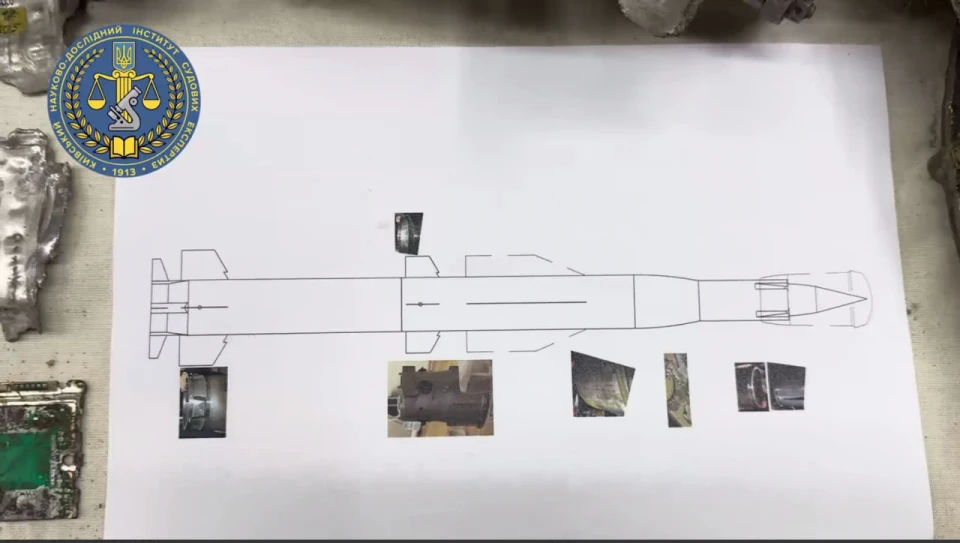
3M22 Zircon proves to be hypersonic and better than Kinzhal
The interception Zircon missiles by the Ukrainian army revealed its real characteristics, capabilities, and the exact answer to whether Russia has been able to create a scramjet hypersonic engine
This is reported by Defense Express.
The successful interception of two of Russia's newest ZM22 Zircon missiles during the March 25 attack on Kyiv, as well as the fact that the missile debris was much larger, allowed Ukrainian experts to find answers to the main questions about Putin's Wunderwaffe.
The main question that has not yet been answered is what kind of engine is used in the ZM22 Zircon. The Russian Federation did manage to develop a hypersonic scramjet engine. That is, the Zircon, unlike the Kh-47 Kinzhal, is still a hypersonic missile that can maintain a constant hypersonic speed. And not just accelerate to it for a short time with a solid-fuel engine, as is the case with the Kinzhal.
In general, the Zircon launch scheme is as follows. After the mortar launch and the rocket exits the silo, the upper stage begins to operate, which ensures that the Zircon is brought to a significant altitude and is first accelerated to speeds at which a hypersonic scramjet engine can begin to operate.
It allows the Zircon, which flies at an altitude of several tens of kilometers, to reach a constant speed of Mach 5.5 during the flight's marching phase. The flight on this section is carried out in a rarefied atmosphere, which reduces the heat load due to friction with the air.
However, the speed of Mach 5.5 is not the maximum for the Zircon, because it starts diving and briefly accelerates to Mach 7.5 when it reaches the target. At this time, the rocket's body heats up to the maximum temperatures that the special heat-insulating coating can withstand. At the same time, closer to the ground, the speed of the Zircon is no longer hypersonic, although it is still very high - Mach 4.5.
Thus, the ZM22 Zircon, as expected, does not have hypersonic speed at the end stage. However, the use of a hypersonic scramjet engine distinguishes it from the Kh-47 Kinzhal, where the missile is simply accelerated to such speeds.
But the real capabilities of the Zircon are much less than those announced in Russia. In particular, Putin boasted of the missile's speed of up to Mach 9, which in reality Zircon does not reach. Also, it is now possible to talk about a range of 700 km (in the case of a launch from the Object-100), while the declared range is 1,000 km.
But in any case, at the final stage, a speed of Mach 4.5 is more than impressive. For comparison, the Soviet Kh-22, which Russia also uses to strike Ukrainian cities, has a terminal velocity of Mach 2-2.4. Therefore, in any case, the Zircon is an extremely difficult missile to intercept.
However, modern anti-aircraft missile systems with missile defense capabilities, as the practical experience of the Ukrainian Armed Forces has shown, allow Kyiv to intercept Zircon.

Photo: Kyiv Scientific Research Institute Of Forensic Expertise
Currently, the main issue is the guidance system of the Zircon. It should be noted that earlier there was a perception that this missile had an active radar homing head. This is evidenced by a video from the Russian Defense Ministry showing a test of this missile, where it hit a target in the form of a barge with corner reflectors.But now there are some possibilities to get a more precise answer to this question, since electronic components were also found among the missile debris.
- News












































